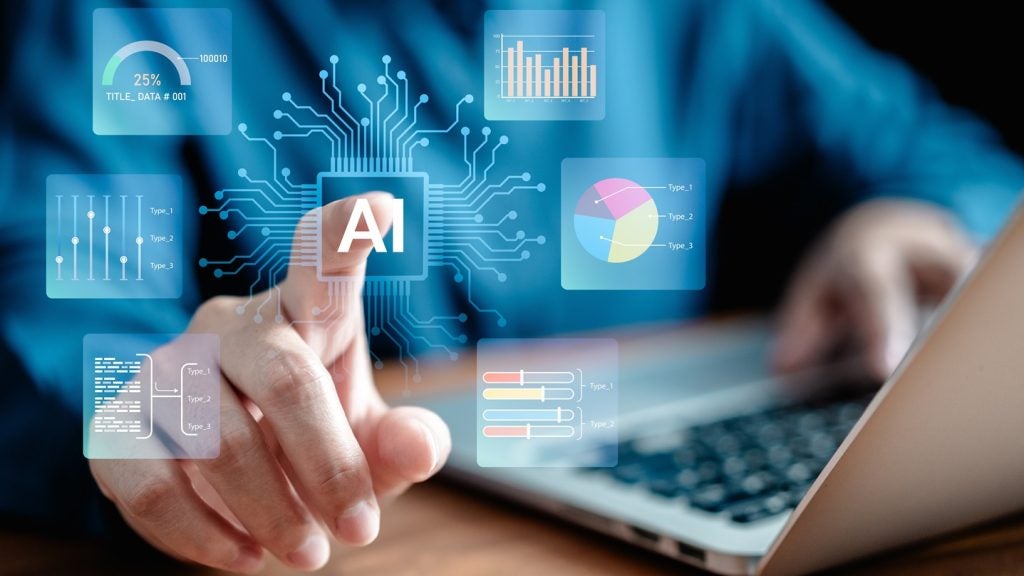Cognizant Technology Solutions has been granted a patent for an explainable surrogate-assisted evolutionary optimization method called E-ESP. This method helps discover rule-based decision strategies when historical training data is limited or unavailable. The resulting rules are human-readable, promoting explainability and trustworthiness compared to black box solutions like neural networks. GlobalData’s report on Cognizant Technology Solutions gives a 360-degree view of the company including its patenting strategy. Buy the report here.
According to GlobalData’s company profile on Cognizant Technology Solutions, Neural network-based robotics was a key innovation area identified from patents. Cognizant Technology Solutions's grant share as of September 2023 was 62%. Grant share is based on the ratio of number of grants to total number of patents.
Explainable surrogate-assisted evolutionary optimization method for decision-making
A recently granted patent (Publication Number: US11775841B2) describes a process for developing an optimized prescriptor model to determine optimal decision policy outcomes in a specific domain. The process involves training a predictor surrogate model, which is a machine learning model trained with supervised methods. The predictor surrogate model is trained on historical training data that includes context information, actions performed in a given context, and the corresponding outcomes.
The patent also outlines a process for finding a decision policy that optimizes a set of outcomes to solve a known policy problem. This process involves training a predictor model based on known training data, evolving a rule-based prescriptor model using the trained predictor model as a surrogate over multiple generations, and applying the evolved model to generate new decision policy data. The new data is then collected and added to the known training data, and the process is repeated until a predetermined convergence metric is met. The rule-based prescriptor model has a specific structure, with coefficients, domain features, powers, and lag values representing previous time steps.
Furthermore, the patent describes a method for storing instructions that, when executed by a computer, perform the process for developing an optimized prescriptor model. This method involves training a predictor surrogate model and feeding it to an evolutionary algorithm framework to evolve a rule-based prescriptor model over multiple generations. Candidate models are evaluated using the predictor surrogate model, and subsequent generations are evolved based on the results from prior generations until an optimized rule-based prescriptor model is determined.
Overall, this patent presents a process and method for developing an optimized prescriptor model using machine learning and evolutionary algorithms. The model aims to determine optimal decision policy outcomes in a specific domain by training on historical data and evolving over multiple generations. The patent highlights the use of supervised methods and the specific structure of the rule-based prescriptor model.
To know more about GlobalData’s detailed insights on Cognizant Technology Solutions, buy the report here.
Data Insights
From

The gold standard of business intelligence.
Blending expert knowledge with cutting-edge technology, GlobalData’s unrivalled proprietary data will enable you to decode what’s happening in your market. You can make better informed decisions and gain a future-proof advantage over your competitors.







